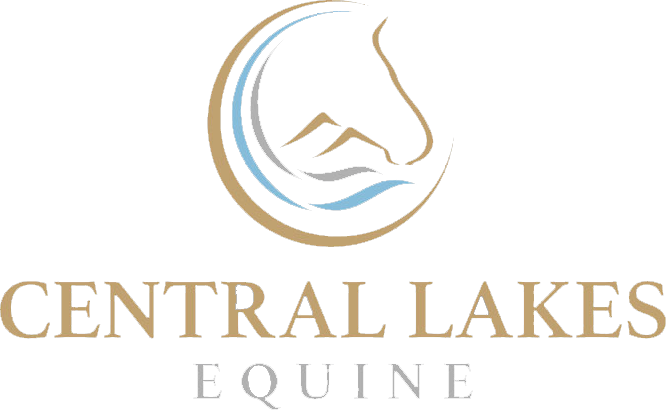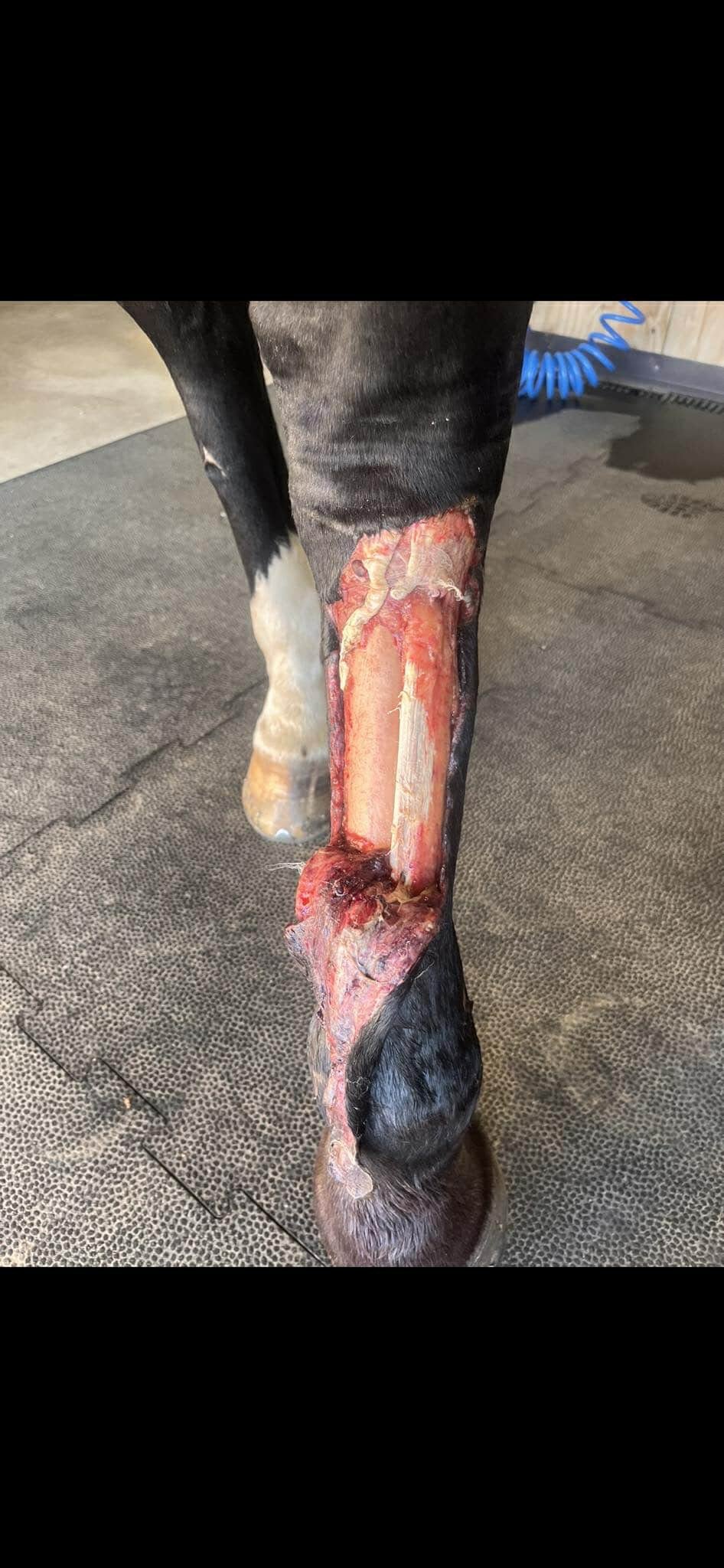A degloving injury is one that involves the tearing away of a complete area of skin, with or without underlying soft tissue damage.
This week I wanted to share a case example with you: I think you will all agree, he is doing very very well! The photos are from day 0, and show his journey of 3 weeks.
This lovely boy was found in the morning after a sad and eventful evening: How did this happen…. Well who would know….
He had sustained a moderately severe degloving injury of the dorsal aspect of his LH canon bone.
The skin was torn away from the leg and was hanging down, very swollen, over the pastern region. There was some tearing of the extensor tendon, and marked contamination from the mud. In addition there was exposed bone which had been stripped from its protective cover called periosteum: This leaves the bone sensitive, and at risk of infection.
Treatment:
The area was cleaned, and a pressure bandage applied for a short period to the degloved skin when it was held back its normal position. The aim was to remove all the swelling in the skin tissue.
Next it was bandaged over a 24 hour period with a wet to dry bandage technique, to remove the last bits of dirt from the wound.
The following day, under general anaesthesia, the wound was stitched: I stitched this wound to give immediate protection to the bone and give the skin the best change to be viable, limiting the amount of second intention healing that needed to occur.
The horse was given pain relief and antibiotics, and was not lame.
Over the next 3 weeks, the stitched skin and bandage allowed a good environment for granulation tissue to form, and gave the skin the best opportunity to stay viable and knit back together.
The last picture shows you what we achieved in 3 weeks.
We wish this boy all the best for his recovery, and thank him for sharing his story.

